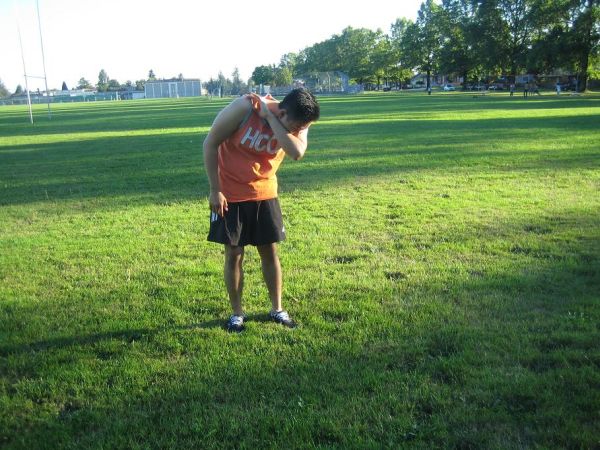Acute respiratory failure is a sudden and extremely life-threatening deterioration of the gas exchange function of the lung. It exists when the exchange of oxygen and carbon dioxide in the lungs simply could not keep up with the rate of oxygen consumption and the carbon dioxide elimination by the cells of the body.
Acute respiratory failure (ARF) is defined as a decrease and deterioration in arterial oxygen tension which results in hypoxemia (low oxygen saturation of the blood) and an increase in carbon dioxide concentration in the blood (hypercapnia). It is very important to have a distinction between ARF and chronic respiratory failure. The latter is defined as the worsening of the gas exchange function of the lung that has developed insidiously or has been a persistent problem for a very long period of recurrent episodes of acute respiratory failure.
Pathophysiology of acute respiratory failure
In acute respiratory failure, the ventilation or perfusion mechanism in the lungs is severely impaired. Impaired respiratory mechanisms can result in an acute phase of respiratory failure including the following; (1) diffusion abnormalities, (2) alveolar hypoventilation and (3) pulmonary shunting. The most common causes of ARF are further classified into four main categories namely; dysfunction of the internal/external integrity of the thoracic cavity, decreased respiratory drive, dysfunction of the lung parenchyma and other disturbances in respiratory function.
Decreased respiratory drive often occurs when there is a severe brain injury that affects the normal respiratory stimulation. Moreover, any dysfunction from the integrity of the thoracic region both internally and externally can also significantly compromise ventilation processes involved in normal respiration. Furthermore, any injury and/or obstruction within the lung parenchyma can also interfere with the normal expansion of the lungs. Conditions like, pleural effusion, pneumothorax and upper airway obstruction are precipitating causes of acute respiratory failure.
Clinical manifestations of acute respiratory failure
Early signs are of acute respiratory failure include those signs and symptoms associated with impaired oxygenation and may include fatigue, restlessness, dyspnea, headache, tachycardia, breathlessness, increase in blood pressure and increase in heart rate. As hypoxemia progresses, more pronounced signs are manifested including; confusion, lethargy, increase in respiration cycles per minute, central cyanosis, profuse sweating and finally respiratory arrest. Physical findings are those of acute respiratory distress in general including labored breathing with the use of accessory muscle, decreased breath sounds if the individual cannot adequately ventilate and other findings related specifically to the underlying disease condition that causes respiratory failure.
Medical management of acute respiratory failure
The objectives of treatment are basically geared towards the correction of the

underlying cause and to restore adequate and proportional respiratory gas exchange of oxygen and carbon dioxide. Intubation and mechanical ventilation may possibly be required to maintain proper ventilation support while the underlying condition in treated. Healthcare team members responsible for the care of patients with ARF should ideally include constant monitoring of respiratory status and functional integrity of ventilatory support if the individual is under mechanical ventilation. The individual’s level of responsiveness, arterial blood gases and vital signs should be strictly monitored. Furthermore, the underlying cause of the ARF must be treated while at the same time providing comfort measures to the patient while recovering is essential in the continuing care for individuals with acute respiratory failure.

